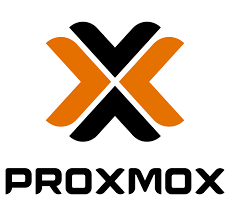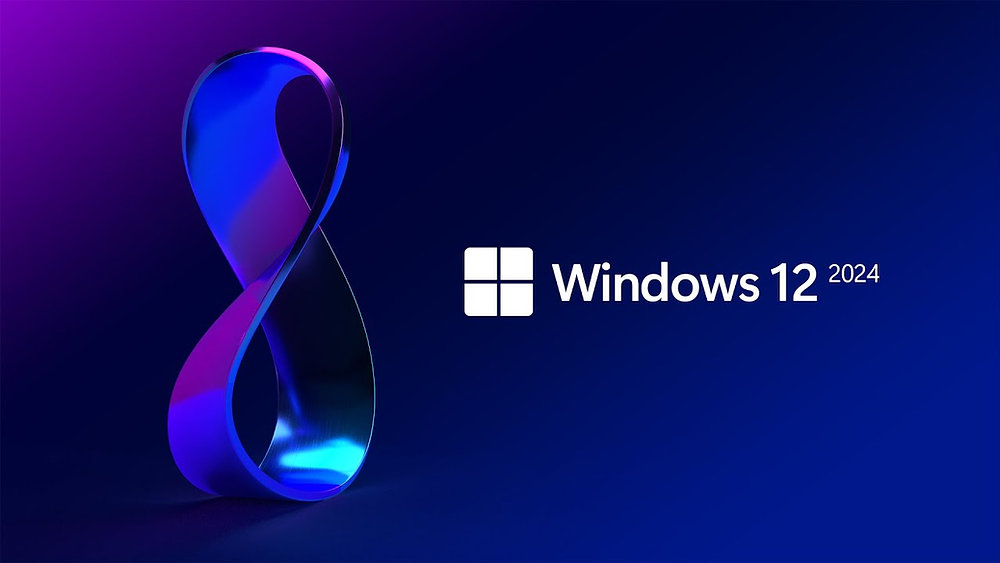If you’re diving into the world of virtualization or planning to build a homelab, you’ve probably heard the name Proxmox floating around. And if you haven’t—welcome to the party, because you’re about to discover one of the most powerful and cost-effective virtualization solutions out there.
In this blog post, we’ll break down what Proxmox VE (Virtual Environment) is, why it’s gaining popularity, and how it stacks up against competitors like VMware and Hyper-V. Whether you’re a seasoned sysadmin or just tinkering in your garage lab, this guide is for you.
🔍 What is Proxmox VE?
Proxmox VE is an open-source server virtualization platform that combines two virtualization technologies: KVM (Kernel-based Virtual Machine) for virtual machines and LXC (Linux Containers) for lightweight containers. It also has built-in support for software-defined storage (Ceph/ZFS), clustering, and high availability.
In plain English? Proxmox lets you run multiple virtual machines and containers on one physical server, manage them via a web-based GUI, and even cluster multiple servers together. And the best part? It’s free and open-source.
🌟 Key Features of Proxmox
Let’s talk about what makes Proxmox a favorite among sysadmins, IT teams, and homelabbers alike:
🖥️ 1. KVM + LXC Virtualization
Why choose between VMs and containers when you can have both? Proxmox VE supports full virtualization through KVM and lightweight containerization via LXC. This makes it super flexible depending on your performance or isolation needs.
🌐 2. Web-Based Management Interface
No more clunky command-line-only interfaces (unless you want that). Proxmox offers a sleek, modern web GUI to manage VMs, containers, storage, and backups. You can even do live migration from it!
💾 3. ZFS & Ceph Storage Integration
Proxmox supports ZFS, Ceph, LVM, and more, giving you robust and scalable storage options. Want snapshots, replication, and data integrity checking? You got it.
🛡️ 4. Backup & Restore
Built-in backup tools support scheduled backups, compression, and easy restores—making disaster recovery straightforward.
🔁 5. High Availability Clustering
For production environments, Proxmox allows you to create high availability (HA) clusters where VMs can automatically migrate to another node if one fails. That’s enterprise-grade uptime, free of licensing fees.
🤔 Why Use Proxmox Instead of VMware or Hyper-V?
Let’s be honest—virtualization giants like VMware and Microsoft Hyper-V offer excellent tools. But Proxmox brings a few compelling advantages:
- 💸 Cost: It’s open-source and free to use. Enterprise support is optional but available.
- 🧠 Transparency: You can tweak and inspect everything under the hood.
- 🛠️ All-in-One Solution: Virtualization, containers, storage, backup, firewall, and cluster management—all in one platform.
- 🚀 Active Community: Proxmox has a vibrant forum and active Git repository, so you’re never on your own.
🔧 Common Use Cases for Proxmox
Proxmox VE is incredibly versatile. Here’s how people are using it in the wild:
- 🏠 Homelabs – Tinkerers love it for testing operating systems, running game servers, or managing home automation.
- 🏢 Small to Medium Businesses – Perfect for replacing expensive virtualization stacks without compromising performance.
- 🧪 Dev/Test Environments – Quickly spin up and tear down VMs and containers for software testing.
- 🧩 Edge Computing – Lightweight and flexible enough for remote deployments or edge servers.
📦 Getting Started with Proxmox
Ready to give it a spin? Here’s how to start:
- Download the ISO from the official Proxmox website.
- Install on bare metal or in a test environment.
- Access the web interface via browser (usually
https://your-ip:8006). - Create your first VM or LXC container—it’s that easy.
Pro tip: If you’re new to virtualization, start small. Install Proxmox on an old PC or server, and play around with different OS installations.
📈 SEO Benefits for IT Blogs or Businesses
If you’re blogging about IT infrastructure, Proxmox is a hot keyword. Here’s why:
- Growing interest in open-source virtualization
- Increasing searches for VMware alternatives (especially after recent licensing changes)
- Rising adoption in the homelab and SMB communities
Some target keywords to use in related content:
- “Proxmox tutorial”
- “Proxmox vs VMware”
- “Proxmox for homelab”
- “Open-source virtualization platform”
🧠 Final Thoughts
Proxmox VE is like the Swiss Army knife of virtualization. Whether you’re trying to cut costs, learn new tech, or streamline your infrastructure, it delivers flexibility and performance with zero license fees.
So, if you haven’t tried Proxmox yet—what are you waiting for? Your next virtual machine is just a click away.



